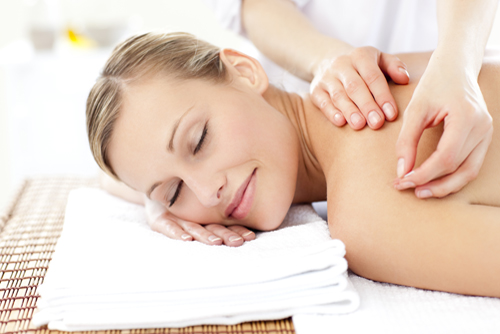
Acupuncture is a system of healing which has been practised in China and the far east for thousands of years. It has been developed, tested, researched and refined over centuries to give us a complex and detailed understanding of the body’s energetic balance.
In Chinese Medicine, vital energy known as qi, circulates in the body through meridians, also known as pathways or channels. When energy is flowing smoothly, we are nourished on a physical, mental and emotional level and we flourish as human beings. However, this energetic flow can sometimes stagnate or become deficient, manifesting in the body as physical discomfort or pain. In ourselves, we might feel low in mood, depressed and anxious or just not ourselves and life seems a struggle.
When a person comes to see an acupuncturist, they might present with many symptoms and often a complex pattern of disharmony is recorded by the practitioner who has been trained to use subtle diagnostic techniques. The ultimate task of the acupuncturist is to diagnose the root cause of ill health and to ascertain which influences in a person’s life are contributing to the imbalance. We then develop effective treatments, lifestyle and often dietary changes to create long lasting health benefits
Treatment involves the insertion of fine needles in the skin which stimulates and harmonizes the energy, triggering the body’s healing response to restore physical, emotional and mental equilibrium.
What’s the difference between Medical Acupuncture and Traditional Acupuncture?
Medical acupuncture, sometimes called ‘Dry Needling’ is used to help with muscle and joint pain. Someone who does medical acupuncture might be a physio, osteopath, chiropractor or even a GP or consultant. They have attended short courses often only lasting a few days, learning how to insert acupuncture needles into specific points to help with musculo-skeletal pain, there is no study of Chinese medicine theory.
A traditional acupuncturist has studied acupuncture which has been in practise for over 2000 years and has undergone training at degree level which can take 3-4 years.This includes western medicine modules, traditional chinese medicine theory, the important diagnostic skills of pulse and tongue diagnosis and many other areas including a comprehensive understanding of the multiple therapeutic functions of acupuncture points. Degree level training enables traditional acupuncture practitioners to treat many health conditions on a mental, emotional and physical level, through diagnosing complex patterns through the sophisticated theory of Chinese medicine.
What is a properly qualified acupuncturist?
Healthcare professions, such as doctors and nurses have statutory regulation, but currently the practise of acupuncture does not, which unfortunately means that anyone can set themselves up as an acupuncturist regardless of the qualifications they hold. The British Acupuncture Council is the largest self-regulatory body for acupuncture in the UK and all practising members of the BAcC hold degree level qualifications in acupuncture and adhere to their professional codes. Choosing a member of the BAcC therefore means practitioners have received high levels of training and are extremely well qualified.
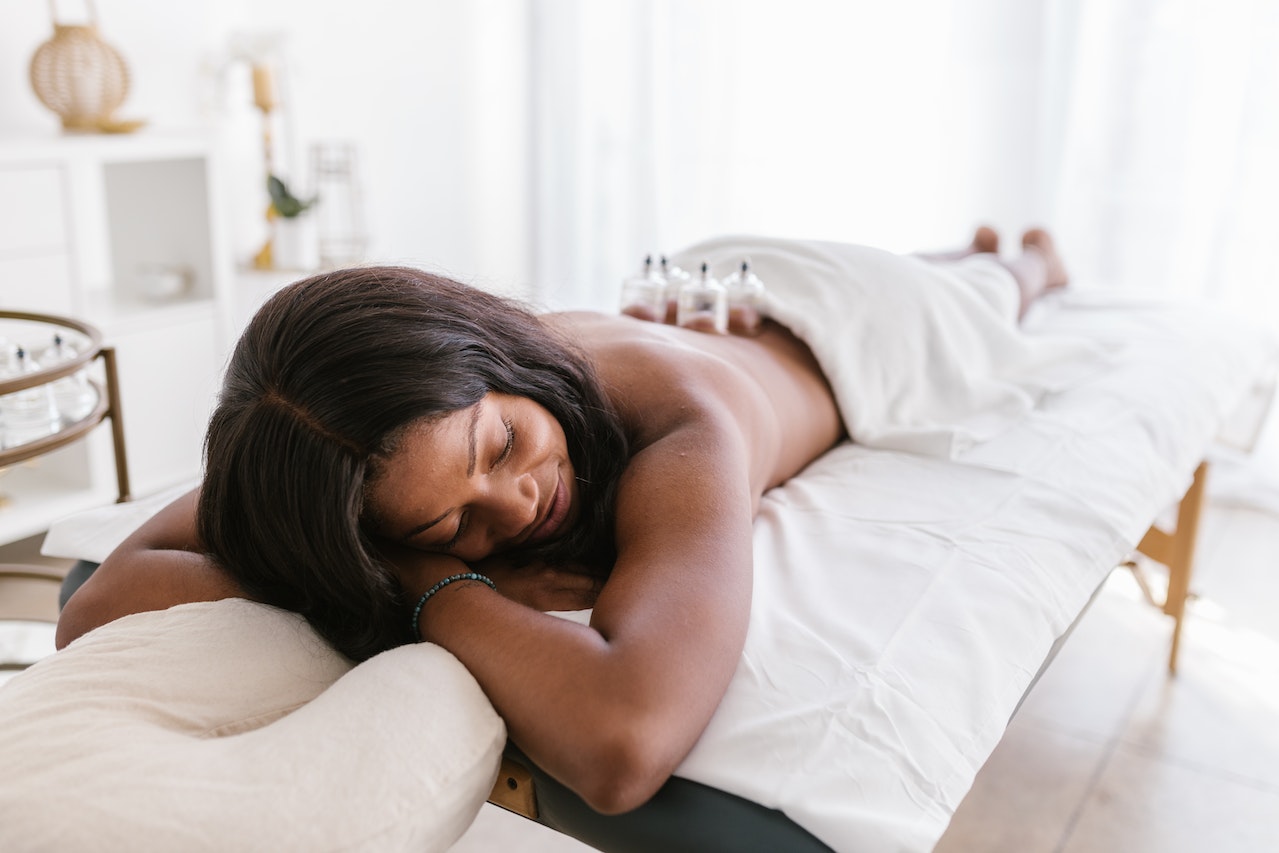
Interesting facts about acupuncture
- A needle insertion into an acupuncture point will actually affect and change the shape of the pulse. Pulse diagnosis is an important part of acupuncture practise and in traditional Chinese medicine, practitioners feel the pulse in 6 different positions on the radial artery and at different levels. We not only assess the rate and rhythm but also the shape of the pulse as different pulse shapes can denote different energetic imbalances and consequently different health problems. Observing the pulse shape transforming is an exciting part of acupuncture practise and is an extremely reliable indicator that the patient is benefitting from the treatment. In this way the practitioner has direct access to understanding how your body and energy is responding to the treatment.
- There are over 300 acupuncture points on the body. The points are located from head to toe and are connected by the acupuncture meridian system. Every point has a number of functions and many work on both a physical and mental-emotional level. For example a point on the heart channel might help to clear internal heat but also calms the mind.
- Acupuncture has been around for thousands of years. The first documentation of acupuncture was in The Yellow Emperor’s Classic of Internal Medicine, which was published around 100BC. This incredible body of work is continually growing and helps to alleviate symptoms of some of the most complex modern health issues.
- Animals benefit from acupuncture too! Sometimes they respond even faster to treatment than humans and they don’t understand the placebo effect!
- Acupuncture is a highly individualized, patient-centered medicine. For example, if 25 people with a headache received acupuncture, all 25 people could have different treatment plans, acupuncture points and needle techniques chosen as part of their treatment.
- Today’s acupuncture needles are single-use, sterile, made of stainless steel and are as thin as a strand of hair. Thousands of years ago, this was a different story, the original acupuncture “needles” were made of sharpened stones, bamboo, or bone. Some practitioners are of the view that points were first stimulated by pressing fingers on points, known as acupressure.
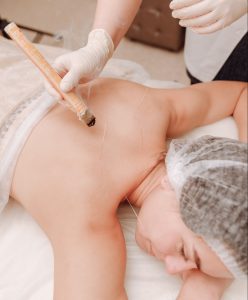
Moxa
Moxa is an important part of Chinese medicine and has been used in acupuncture practise for thousands of years. It is a light, soft substance prepared from Chinese mugwort leaves (artemisia vulgaris) and is used to gently warm certain acupuncture points and meridians. It is placed either directly on the skin (moxa cones) or held just above it (moxa stick).
The herb is lit and as it smoulders slowly, heat permeates the skin and enhances the flow of Qi and blood to the area being treated. The lit moxa cone is removed as soon as the patient feels any sensation of heat.
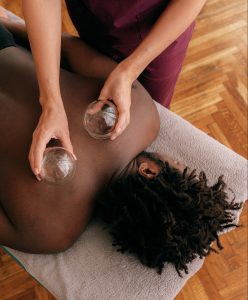
Cupping
Cupping is another therapeutic practise in Chinese medicine that has been used alongside acupuncture and moxa for thousands of years. It involves creating suction on the skin using a glass or plastic cup to pull the tissue up slightly which helps to stimulate and improve blood flow, relaxing muscles and tissue, relieving pain and triggering the body’s own natural healing mechanisms. The patient experiences a warm stretching sensation.
Practitioners commonly apply cups to large areas of the body eg the back. Cups can remain in place from 5-20 mins.
